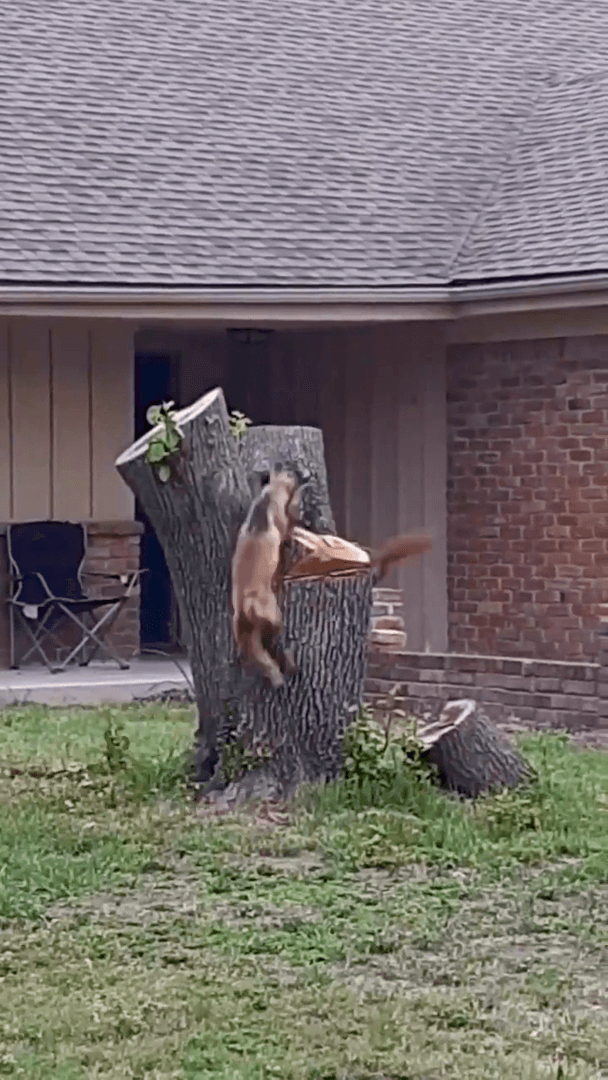
BIEN NETTOYER SON ARME DE CHASSE 1/ NETTOYAGE DU CANON : INTÉRIEUR & EXTÉRIEUR LES ARMES À CANON BASCULANT, FUSIL ET CARABINE Il n’est pas nécessaire de procéder à un nettoyage complet de l’arme après chaque sortie de chasse. Commencez par un coup de chiffon sec sur tout le fusil, puis nettoyez les canons intérieurs comme sur une arme à canon basculant, et terminez par passer un chiffon légèrement huilé sur le canon extérieur. Nous vous conseillons de procéder au nettoyage complet de votre arme toutes les 3 sorties, suivant l’utilisation que vous en avez fait. 2/ NETTOYAGE DU FILETAGE, HUILAGE (OU GRAISSE SPÉCIAL CHOKES) Dévissez et commencez par essuyer les filetages au chiffon propre ou au papier essuie tout. Si le choke est bloqué, aspergez-le de dégrippant et laissez agir pendant quelques heures avant de réessayer de le dévisser. Dégraissez ensuite le filetage avec un dégraissant pour arme afin de nettoyer en profondeur. Vous pouvez utiliser une brosse à dent douce pour nettoy
Post: 16 October 18:32















































